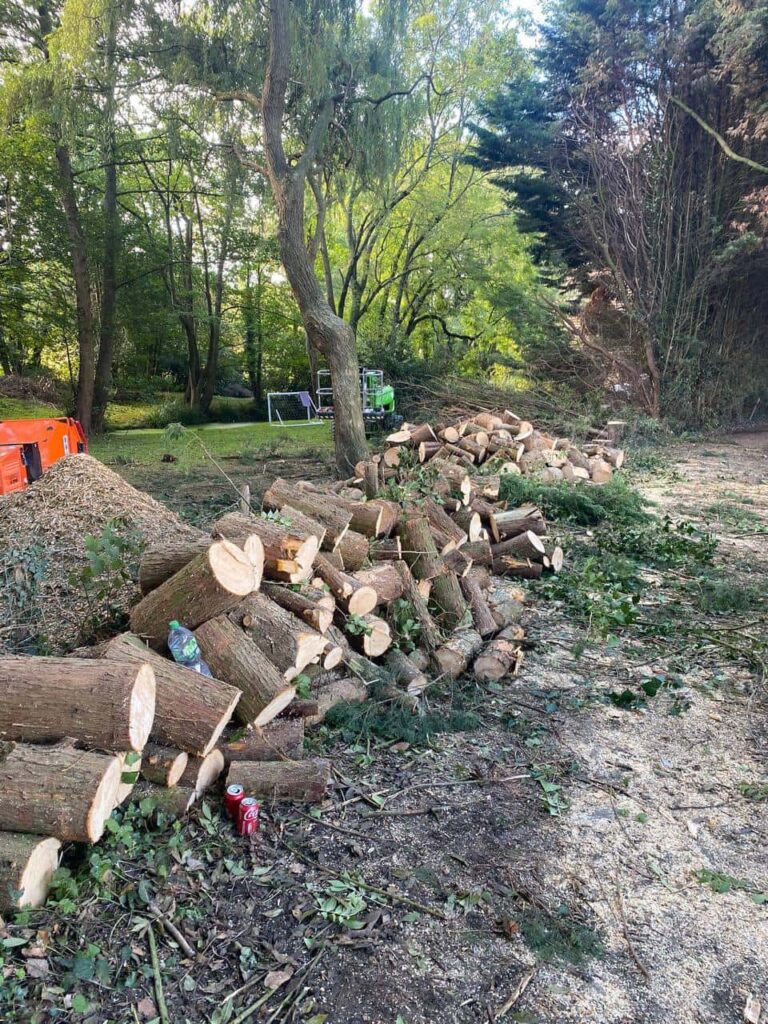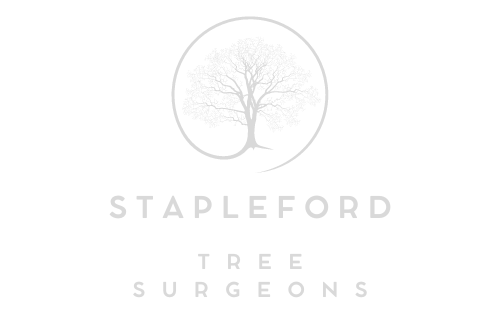Tree Cutting Isn’t Destructive — It’s Preventive
Introduction
There’s a common misconception that tree cutting is all about destruction—removing beautiful trees, hacking away at nature, and altering the landscape for convenience. But in reality, tree cutting is one of the most important forms of preventive care for your outdoor space. When done properly and professionally, it protects your trees, your property, and your safety.
At Stapleford Tree Surgeons, based in the heart of Nottinghamshire, we often explain to customers that responsible tree work is not about removing what’s inconvenient—it’s about preserving what’s valuable. In this blog, we’ll break down why cutting trees, when necessary, is a smart, forward-thinking decision that prevents future issues and promotes long-term health.
Key Takeaways
- Tree cutting prevents disease, structural weakness, and storm damage
- Professional pruning supports healthy growth and form
- Overgrown or unstable trees can pose safety risks
- Preventive work reduces long-term maintenance and repair costs
- Cutting doesn’t destroy a tree—it protects and preserves it
Understanding the Purpose of Tree Cutting
Let’s be clear—cutting a tree is not the same as destroying it. In the world of arboriculture, the goal is rarely to remove a tree outright. Instead, it’s to maintain balance between healthy growth, structural integrity, and environmental harmony.
Branches that are diseased, overcrowded, or too heavy can strain the tree and pose risks to nearby buildings, vehicles, or pedestrians. By cutting selectively, a tree surgeon helps redirect energy to healthy limbs, reduce stress on the trunk, and shape the tree for safer and more sustainable growth.
Preventing Future Hazards Through Proactive Work
In towns like Stapleford where mature trees are common in gardens and along roads, unmanaged trees can quickly become hazardous. Storms, heavy winds, or even a dry summer can cause weak branches to fall, roots to heave, or trees to lean dangerously close to structures.
Proactive tree cutting allows us to:
- Remove dead or decaying branches before they fall
- Control canopy size to reduce wind resistance and storm vulnerability
- Keep trees at a safe distance from buildings, cables, and public walkways
- Identify signs of internal decay that may otherwise go unnoticed
In other words, a small cut now prevents a big problem later.
Encouraging Healthier Tree Growth
It might seem odd, but cutting a tree can actually help it grow better. Just like pruning a plant encourages fuller blooms or fruit production, trimming a tree at the right time stimulates new growth and strengthens its structure.
Tree surgeons use techniques such as:
- Crown thinning – to let in light and improve airflow
- Crown lifting – to clear low-hanging limbs and improve visibility
- Formative pruning – for younger trees, shaping them for longevity
Without such interventions, trees can develop imbalanced shapes, cross-branching, or weak limbs that are prone to breakage. Over time, these issues can shorten the life of the tree and reduce its visual appeal.
Protecting Your Property and Landscape
A tree might be beautiful, but if it’s damaging your roof, cracking your paving, or blocking your gutters, it quickly turns into a liability. Over time, unchecked branches and roots can cause:
- Roof tile displacement
- Foundation cracks from invasive roots
- Reduced light for your garden or windows
- Drain and gutter blockages from leaves and debris
Strategic cutting prevents these issues, saving homeowners hundreds or even thousands of pounds in future repair costs. It’s not just about keeping trees neat—it’s about preserving the integrity of your entire property.
Supporting Biodiversity and Safety
Cutting trees responsibly can actually benefit the surrounding environment. By opening up space and allowing sunlight to reach the ground, you encourage healthier undergrowth, promote pollinator activity, and create more balanced ecosystems.
It also protects wildlife by reducing the risk of a tree collapsing due to internal rot or overcrowded limbs. Plus, for homeowners and the public, maintaining clear lines of sight and safe walkways is essential—especially near roads, driveways, or footpaths.
When to Consider Tree Cutting
If you’re unsure whether your tree needs cutting, look out for these signs:
- Dead or hanging branches
- Overcrowded or crossing limbs
- Signs of rot or fungus near the base
- Limbs brushing against buildings or cables
- Visible leaning or cracks in the trunk
These symptoms are all reasons to consult a professional tree surgeon. It’s not about taking drastic action—it’s about taking the right action, at the right time.
Conclusion
Tree cutting, when done correctly, is not destructive. It’s thoughtful, strategic, and preventive. It safeguards your trees’ health, your property’s structure, and your peace of mind. At Stapleford Tree Surgeons, we believe in working with nature, not against it—ensuring every cut serves a purpose and every tree has the chance to thrive safely.
If you’ve got concerns about an overgrown or potentially hazardous tree in your garden or near your home, don’t wait for a problem to arise. Contact us today and let’s take care of it—before nature forces your hand.
Call us on: 0115 647 1191
Click here to find out more about Stapleford Tree Surgeons
Click here to complete our contact form and see how we can help with your tree needs.

